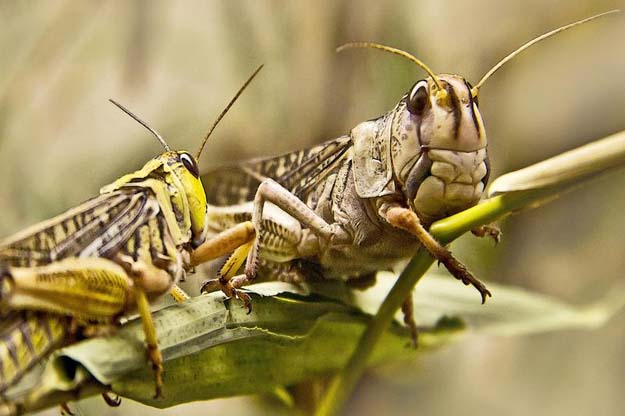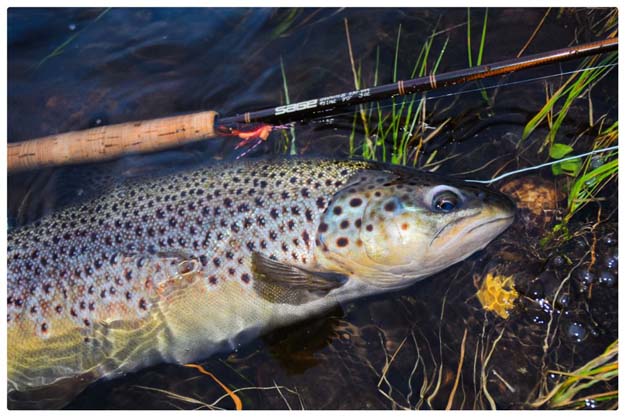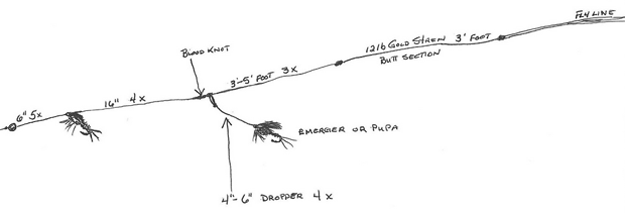[dropcap]N[/dropcap]o matter where you live, the Appalachians of North Carolina, foothills of the Cascade Range in Washington; Edmonton, Alberta or Oil City in Western Pennsylvania, terrestrials are in play way sooner than is traditionally advertised. As a matter of fact, feeder streams entire food supply for its trout and bass inhabitants are predominantly land breeding insects. Why? Because there are no bug producing riffles. These small stream trouts feed almost exclusively on land bred insects, and if indigenous to the geography, mice.
It isn’t just small streams
The commonly held misconception is that trout reject terrestrial insects in the spring and early summer because they will only feed on mayfly and caddisfly hatches, but as Orvis’ Tom Rosenbauer wrote about that (paraphrasing), “Would you turn down chocolate mousse for dessert?”
Traditional trout attractor flies simulate terrestrials and do not forget that many of them have wings
Almost all terrestrial plop in the water without care of making a disturbance. So, think a little plopping when casting. Insects, worms, beetles and more fall in, usually close to the bank or brush overhang, and some do get gobbled up quickly but a lot of these drop-ins make it to where everything is floating sub-surface or on top ends up – in the fast current convergence usually near the middle of the run. There, most of the fallen insect lives end.
Dry fly realities
The eat is sometimes hard to detect, and since you’re not twitching, visual vigilance is a must. Some takes are just a disappearance, some just a swirl, sometimes just a nose poking out – rarely a Hollywood “River Runs Through It” takes. But the latter does happen, and the angle of the sun plays huge in seeing that take. Also, that does not mean that a slow drifting section of water won’t yield a beetle that gets sucked in. As a matter of fact, mid-water and especially over a deep pool is where your best big animal action will be. Most of those takes are the insect just gets sucked in.
On bigger hatch-heavy water, don’t be discouraged about not being equipped to match the hatch. A terrestrial is a steak when the hatch is producing peanuts. If there is a boil of action cast just outside of that ring and be patient, but ready.
What works best fishing terrestrials?
1. Windy day mornings.
2. Don’t keep picking up even if you’re dissatisfied with your cast or drift. Stay the ride.
3. Remember, you’re predominantly dry fly fishing.
4. Best rig is foam whatever and dropper with a whatever nymph (see illustration).
5. Use an indicator or piece of hot pink foam – nail head size, tied into the top so visual.
6. Only fish water that is in the low 60s or colder. Move to a better location if it’s 65 or higher Fahrenheit.
7. You are never wrong fishing ants.
8. Most fly tyers would much prefer to tie up a half dozen San Juan’s and the same amount of foam ants rather that a dozen size 28 anything.
Reminder: If it’s mid or late summer, land and release quickly and try to do that in the water. Summertime fish are already stressed by warm water
NOTE: Featured Image – Grasshoppers, one of 400 different kinds that are found in the American West. Image Montana Natural History Center.




